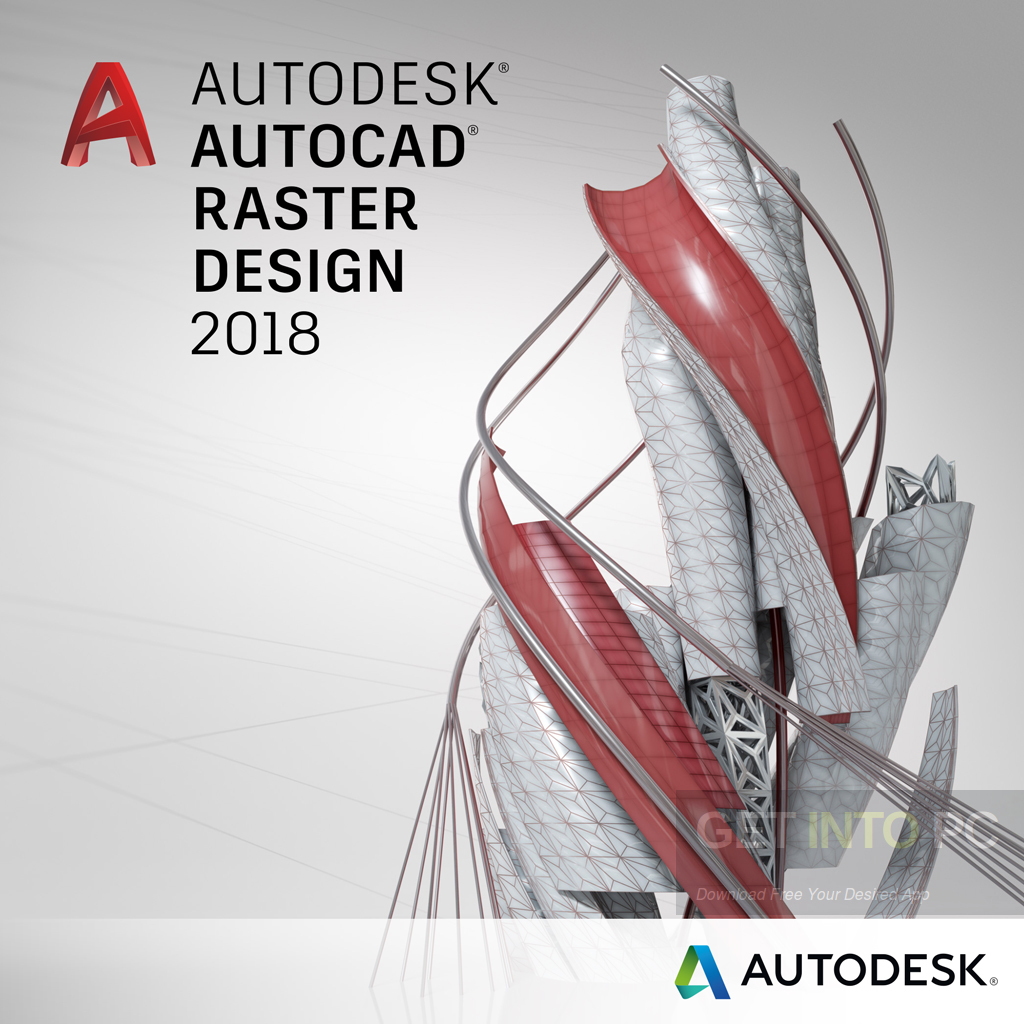

Consequently, the output features will shift as well, and the resultant output features may not overlay the original input raster exactly. This shift will trigger a resampling of the input raster using the Nearest Neighbor method. If Extent is specified in the environment setting and the lower-left corner of the output extent does not match any cell corner of the input raster, during processing, a shift of the cell alignment of the input raster will occur to match the specified extent. This parameter produces similar output as created by the Dice tool.
#Converting raster to vector software
This is particularly useful when output features contain a very large number of vertices. Several software tools like Adobe Illustrator, CorelDRAW, and Inkscape offer robust vector editing capabilities and tracing options for converting raster images. The Maximum vertices per polygon parameter can be used to subdivide a polygon into smaller polygons based on a specified vertex limit. The grouping process is similar to what is used in the Dissolve tool. However, if the output feature class contains a very large number of features, it may cause an out of memory error. If the Create multipart features parameter is checked ( MULTIPLE_OUTER_PART in Python), the output will be a multipart feature class and, on average, process faster. Both the B&W and Color SVG conversions are free. It traces the raster image into paths and outputs svg file.
#Converting raster to vector free
Comparing the output with different simplify options is a free online raster to svg converter that instantly converts photos and images to vector SVG format. The result is presented for both the settings of the Simplify parameter. Scan2CAD is a great option to pick if you’re converting raster text to vector.Not only does it provide the means to clean-up your work prior to conversion and thus produce the best results, it also offers a comprehensive editing suite that means you can edit the text directly within your designs post-conversion. The following graphic illustrates how the input raster is vectorized when it is converted to a polygon feature output. If a field is not specified, the cell values of the input raster (the VALUE field) will become a column with the heading Gridcode in the attribute table of the output feature class. The Field parameter allows you to choose which attribute field of the input raster dataset will become an attribute in the output feature class. The input raster can have any cell size and must be a valid integer raster dataset.


 0 kommentar(er)
0 kommentar(er)
